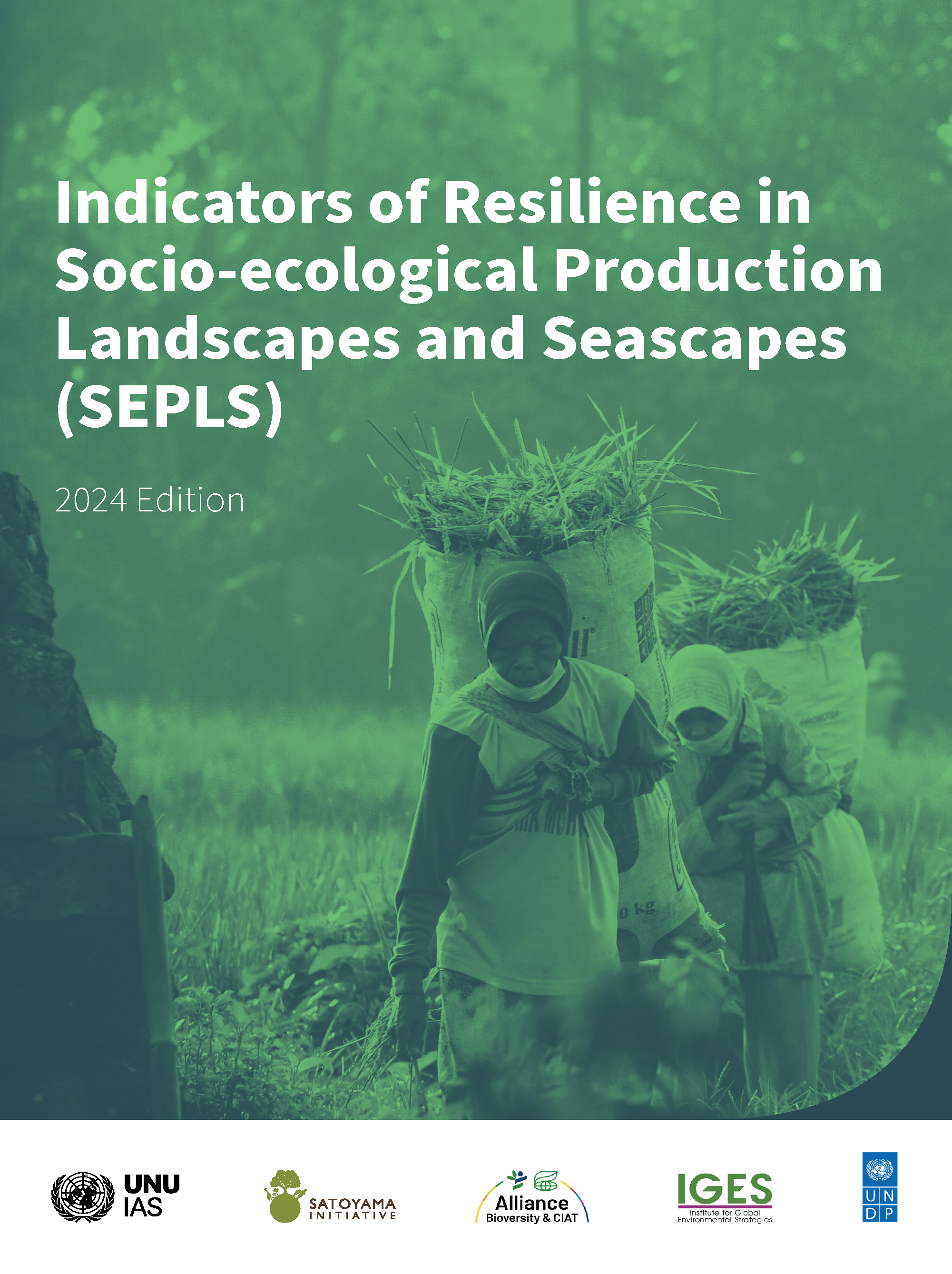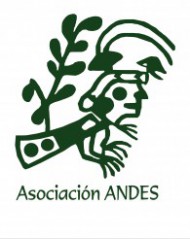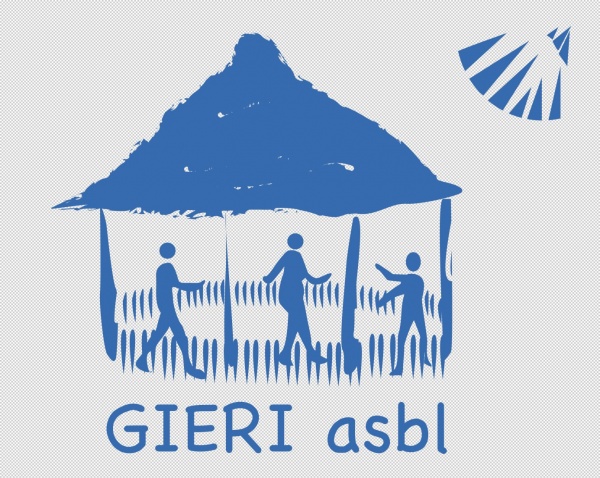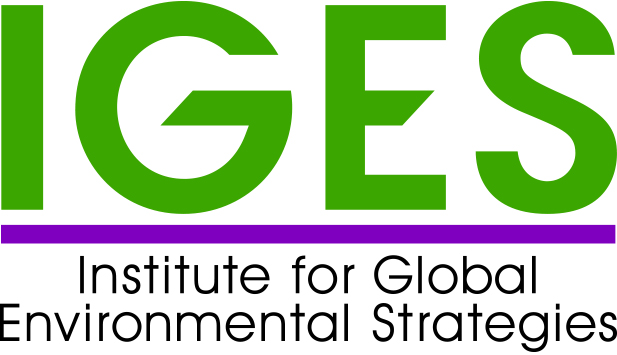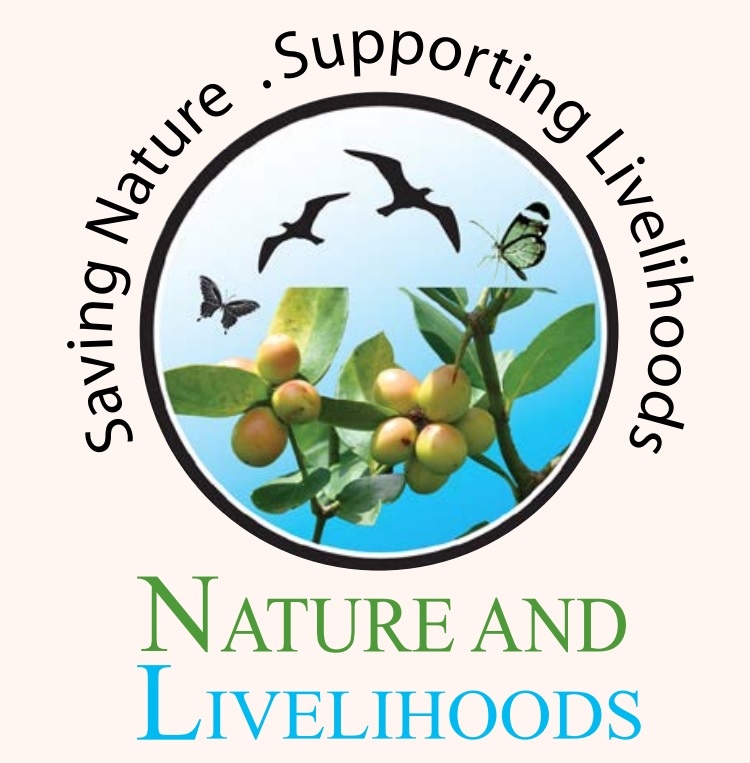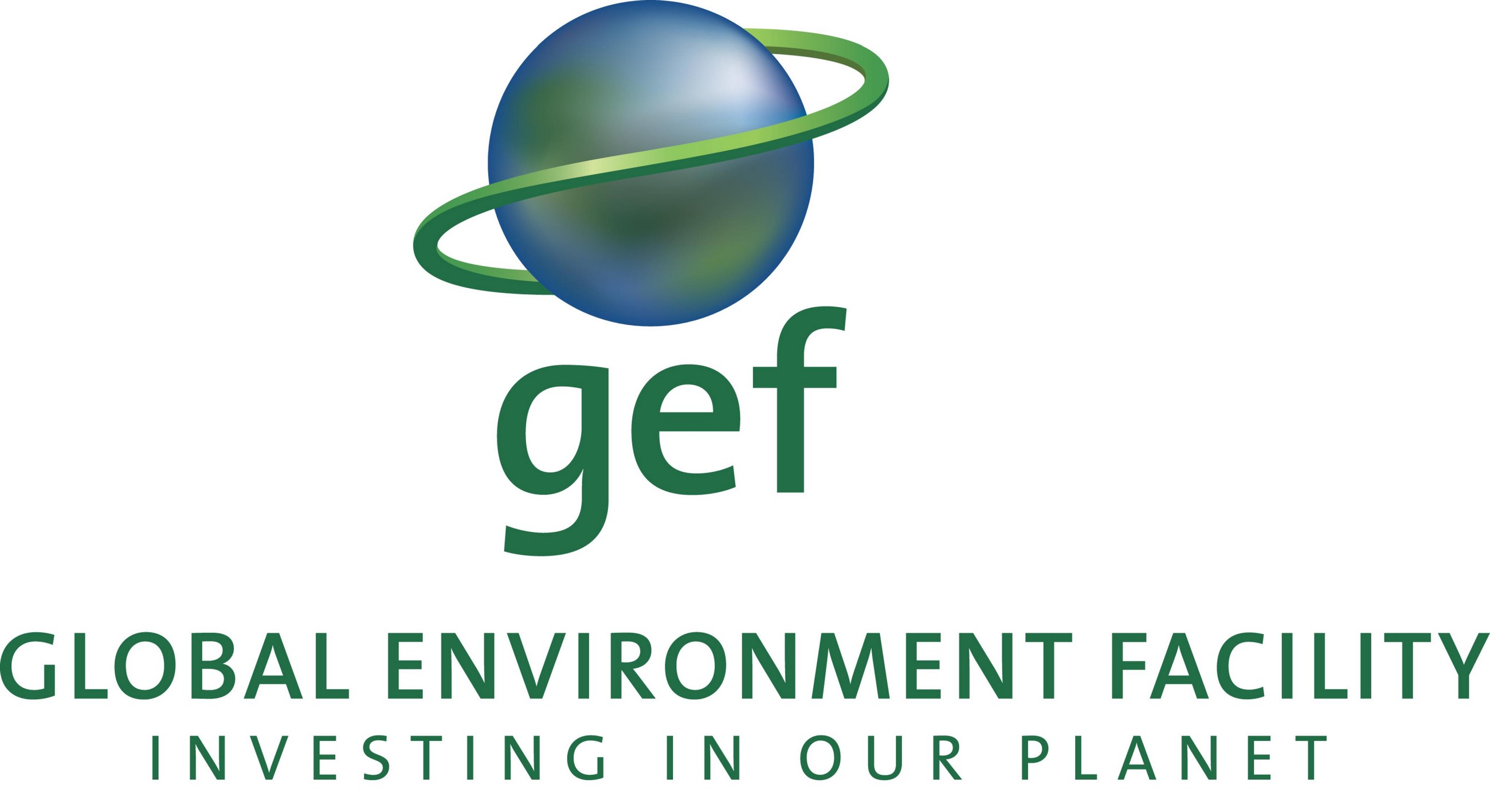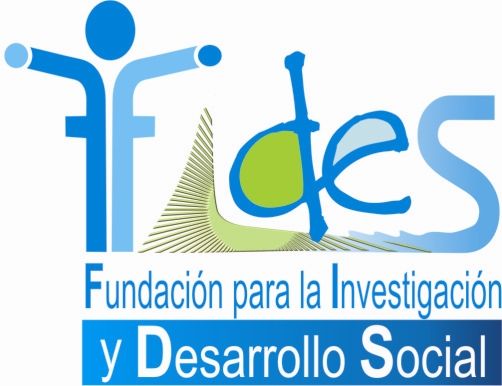The International
Partnership
for the Satoyama
Initiative (IPSI)
More information on these concepts is
provided in the following pages
Video, 2018 Hualien Forest District Office,
Forestry Bureau, COA and the Vision Way
Communication Co LTD
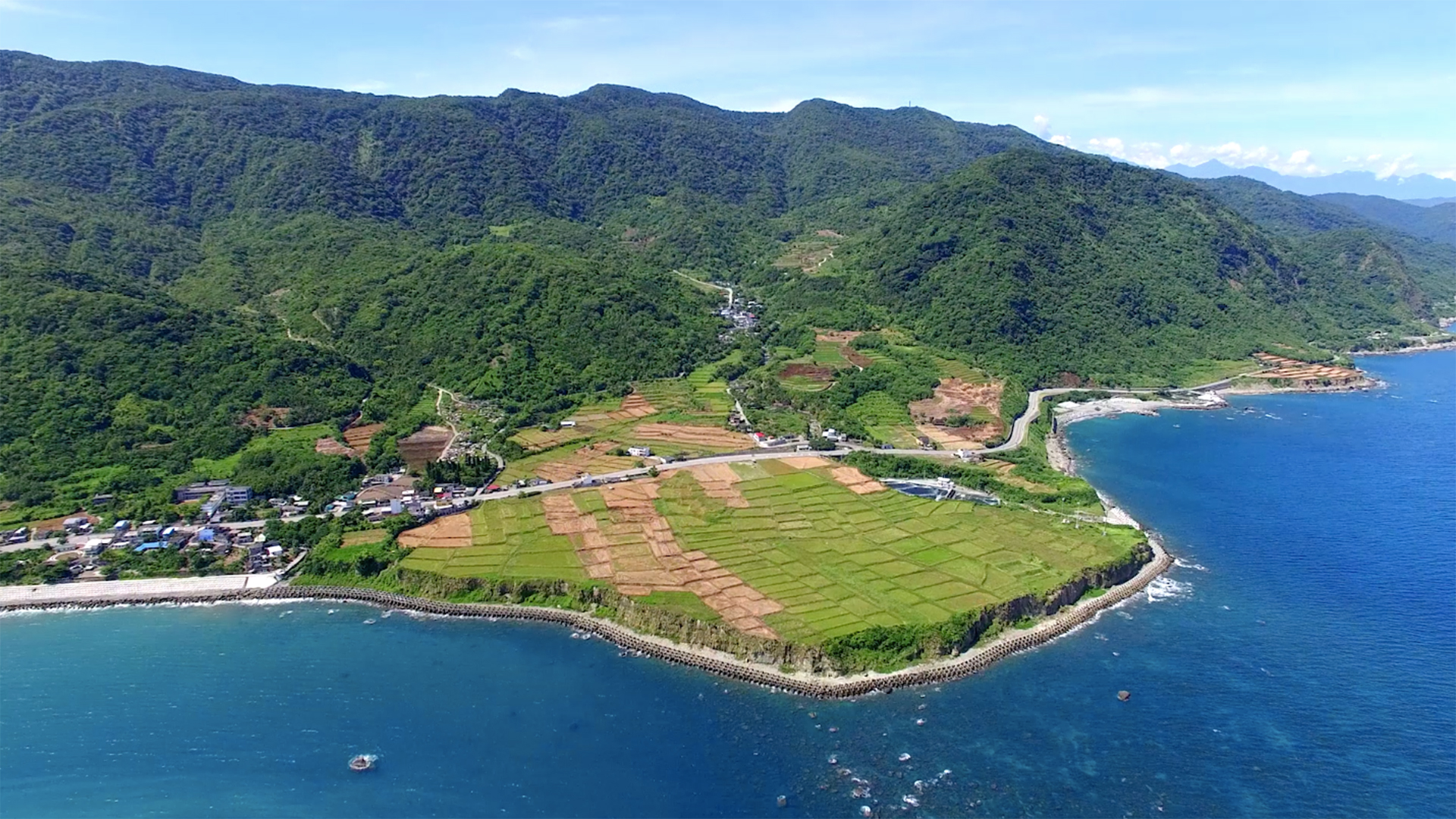
NEWS
-
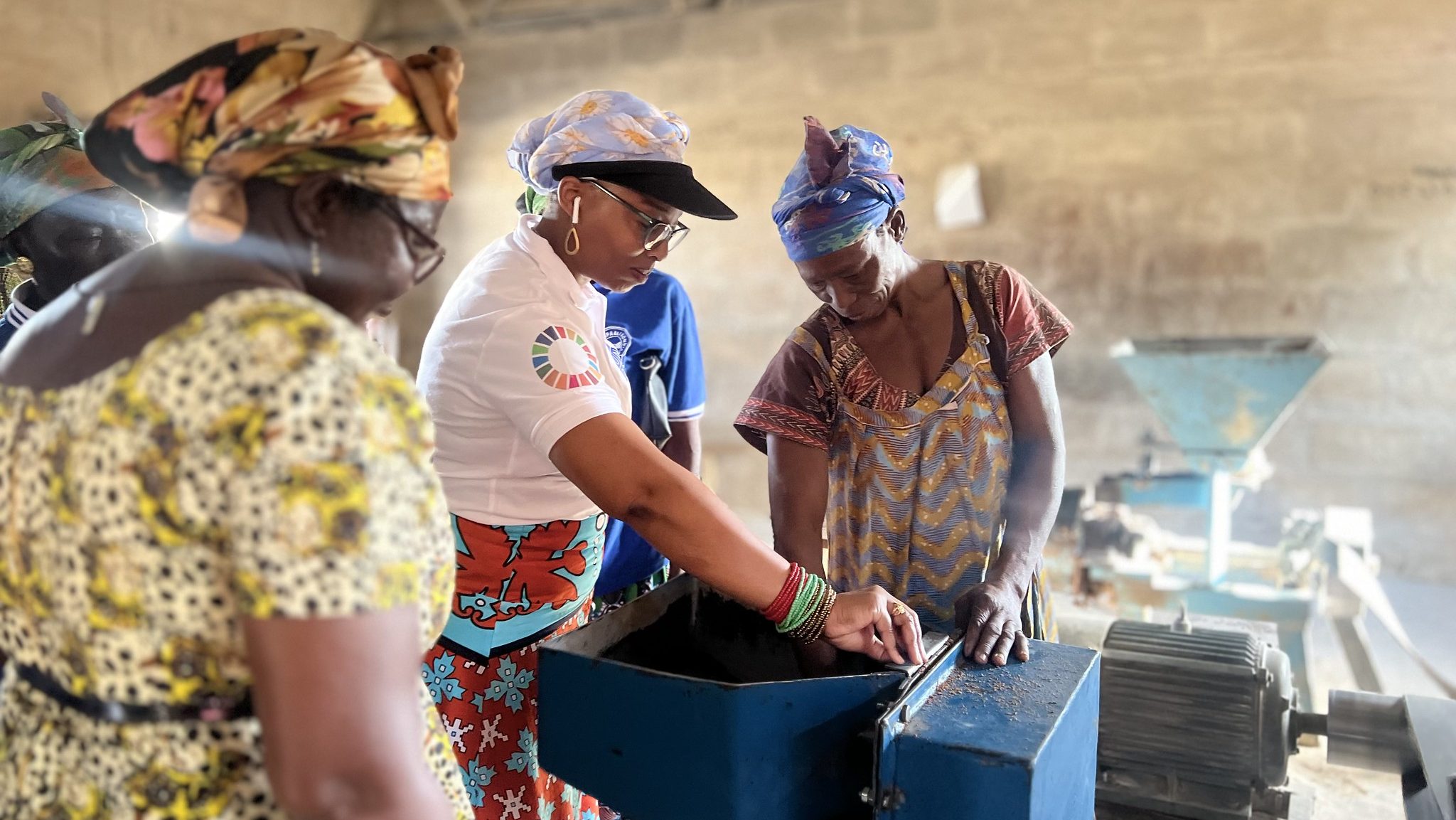 Others
OthersResilience Indicators Workshop on Sustainable Landscape Management
A training session by UNU-IAS and UNDP provided practical guidance on planning and implementing strategies for sustainable landscape management.
2024.07.23 -
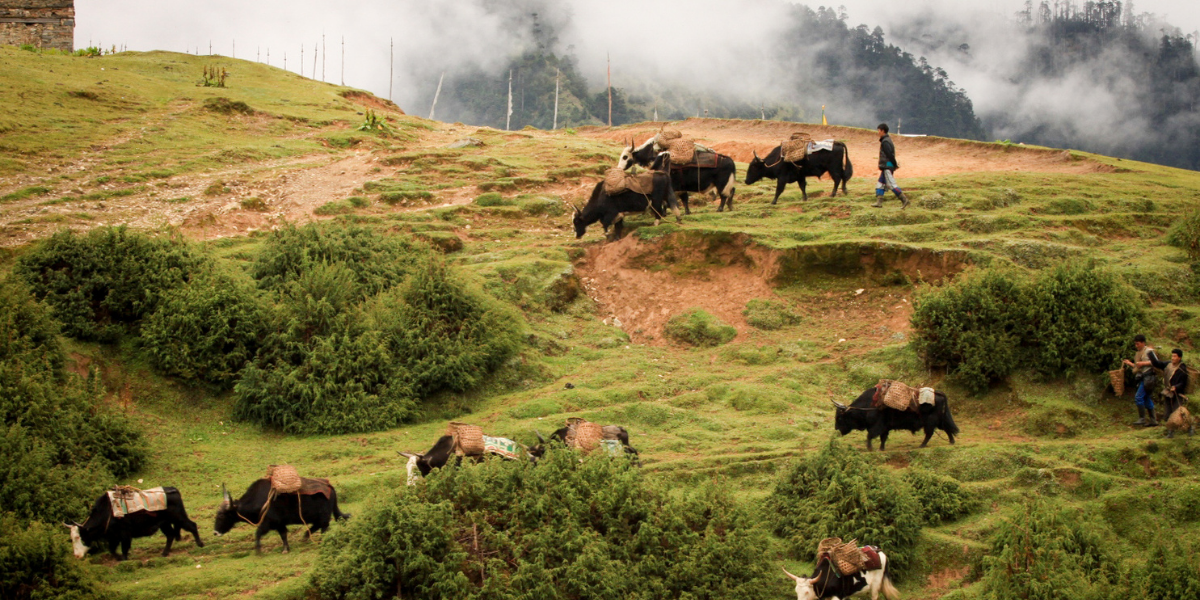 Others
OthersSide Event Spotlights COMDEKS' to Achieve SDGs and Biodiversity Goals
An event of the 2024 UN High-Level Political Forum on the Community Development and Knowledge Management for the Satoyama Initiative programme.
2024.07.19 -
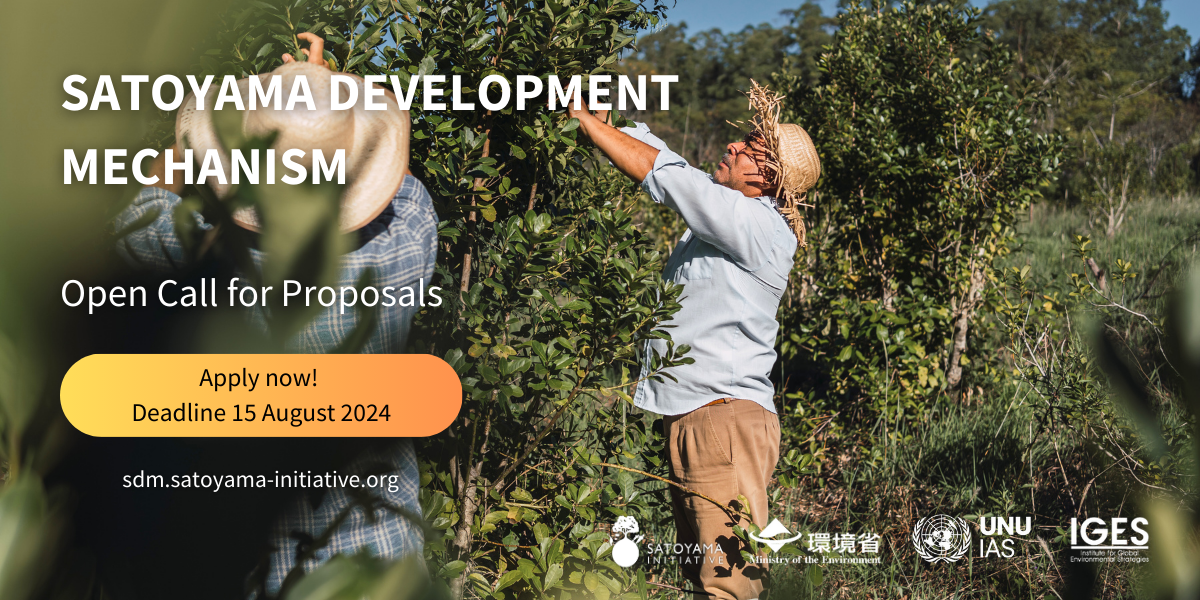 SDM
SDMSDM 2024 Call for Proposals!
We are pleased to announce that the Secretariat of the Satoyama Development Mechanism (SDM) has opened the call for proposals for SDM 2024.
2024.06.26
EVENTS
-
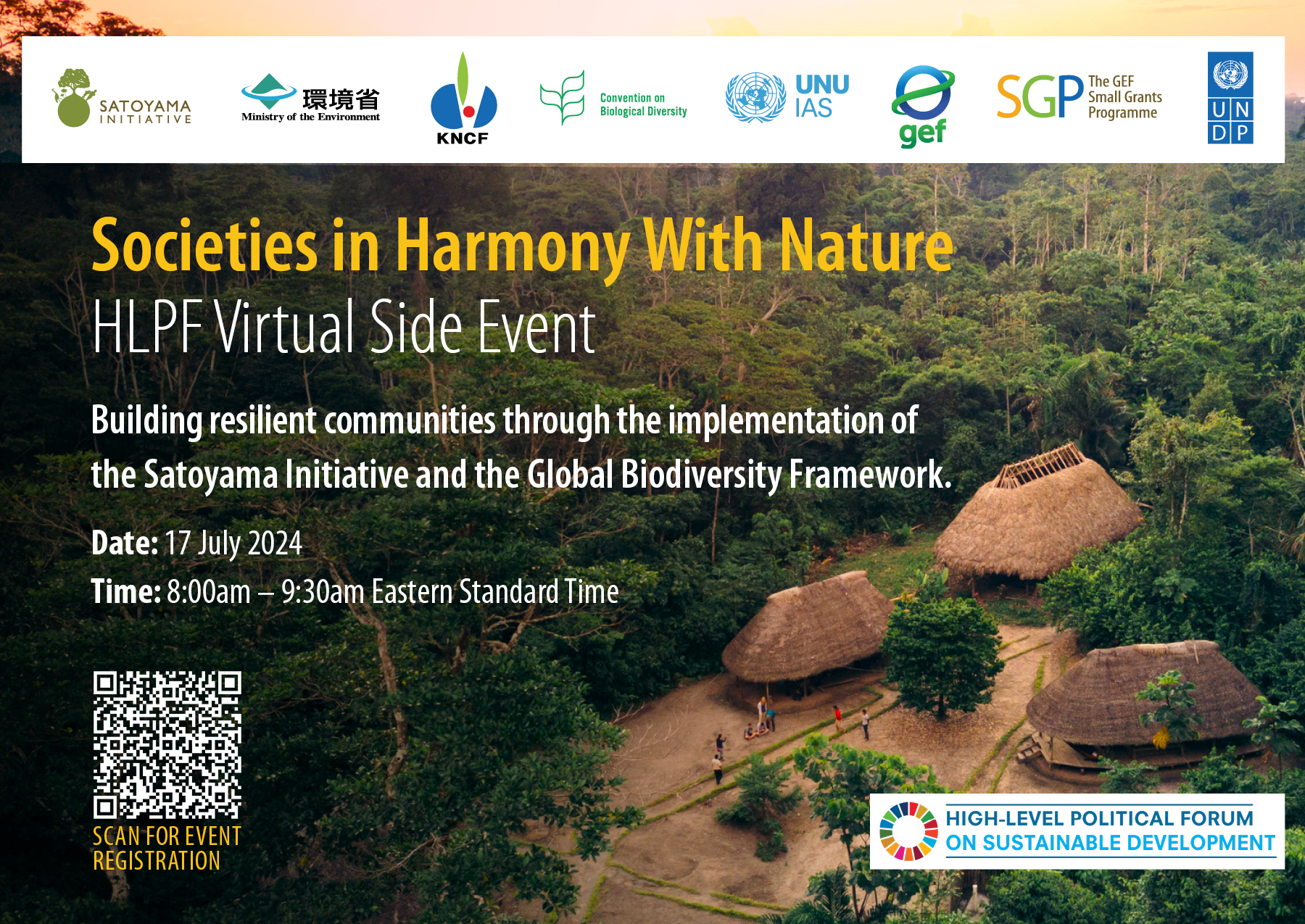 Other events
Other eventsHigh Level Political Forum 2024 Virtual Side Event on COMDEKS
2024.06.13 -
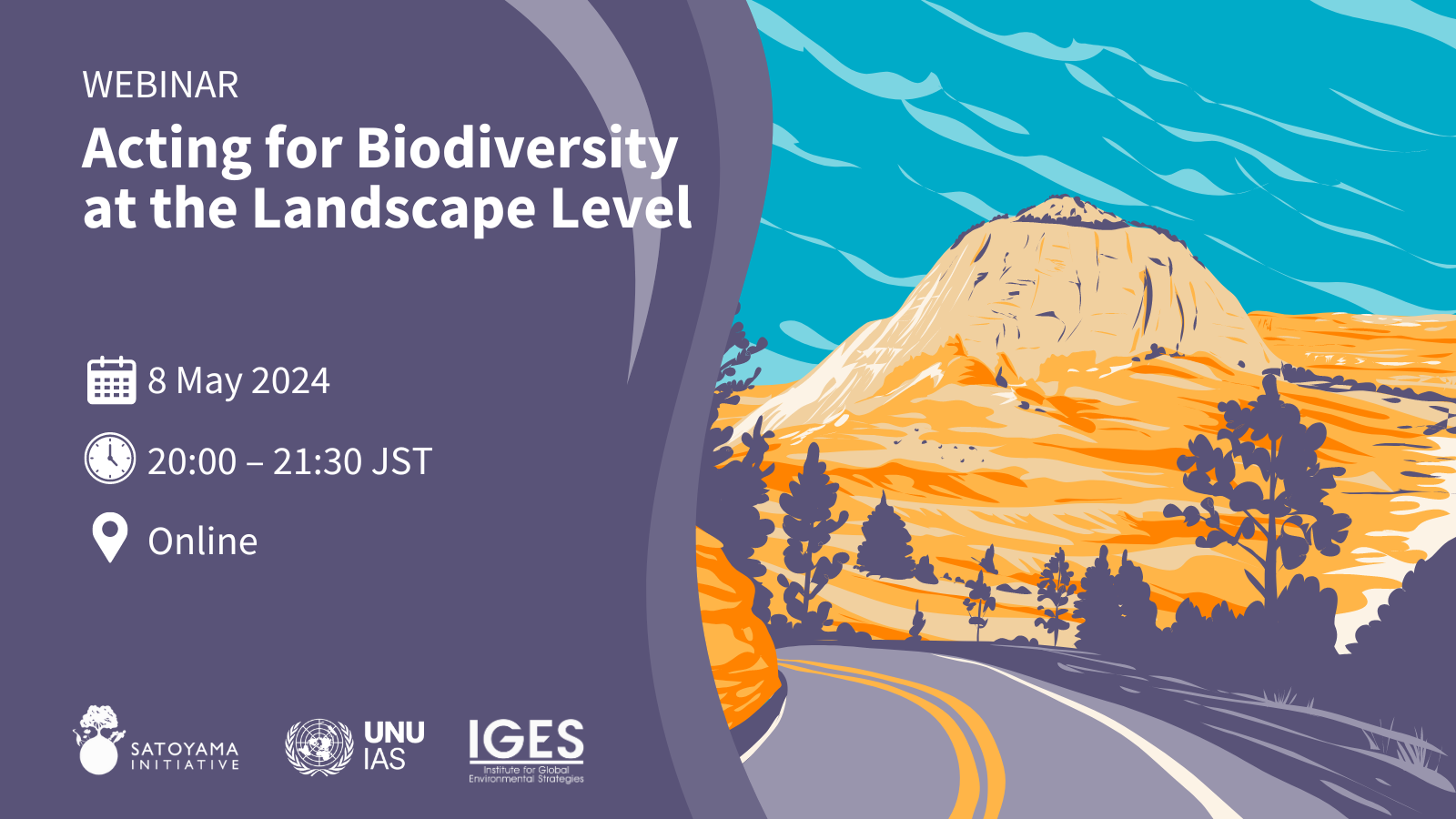 Other events
Other eventsActing for Biodiversity at the Landscape Level
2024.04.30 -
2024.02.12|Other events
Societies Living in Harmony with Nature: Public-Private Partnerships for COMDEKS Phase 4
-
2023.12.14|Other events
ISAP 2023: SEPLS Management as Integrated, Inclusive and Localised Actions towards a Nature Positive Society
-
2023.11.20|Other events
COP28 Event - From Reaction to Socio-Ecological Resilience
CASE STUDIES
IPSI case studies are intended to crystallize IPSI members’ experiences working for SEPLS, which can vary greatly due to the wide range of different regions and ecosystem types, issues being addressed, and approaches and methods used. Case studies should therefore address authors’ experiences and contain useful information about their activities in conserving and revitalizing SEPLS as well as cautionary points and lessons learned.
RESOURCES
Publications
Indicators of Resilience in Socio-ecological Production Landscapes and Seascapes (SEPLS): 2024 Edition




